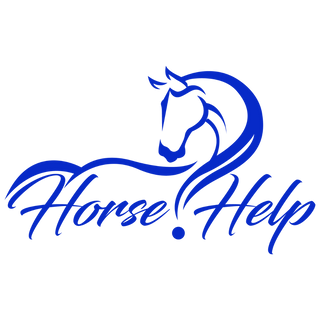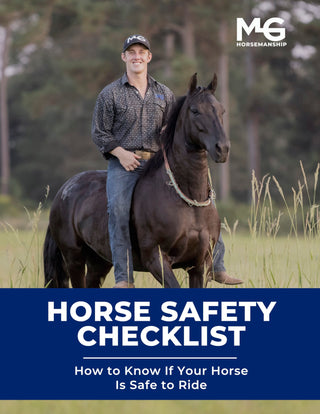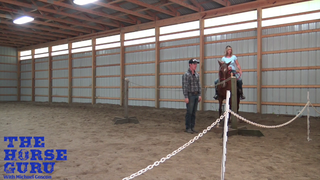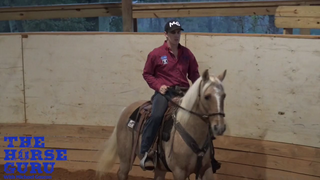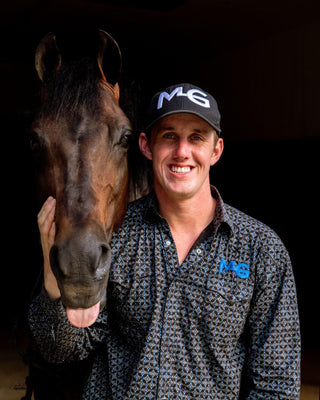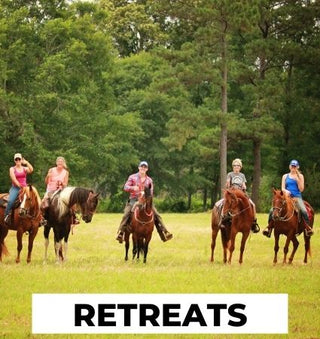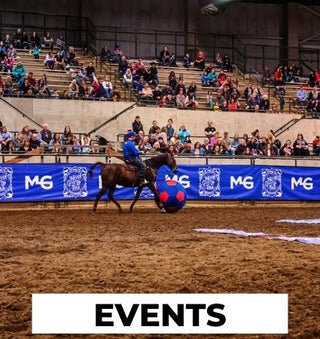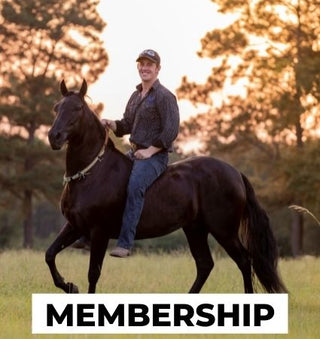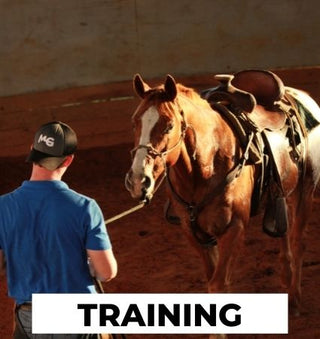Watch the Video Here or continue reading below!
In Part 2 of our in-depth look at bits with renowned horse trainer Michael Gascon, we dive deeper into the mechanics of various bit types, the myths around pressure, and how the right tool—used at the right time—can dramatically speed up your horse's progress.
Why Bit Variety Matters
Michael begins this section by explaining why it's easier to train a horse using tools that offer clear communication. A halter may eventually get the job done, but it might take three to five times longer than using a bit designed for precision. With shanks or bits that allow for more exaggerated cues, he can help the horse understand faster—minimizing confusion and frustration for both horse and rider.
“The easier it is, the less time the horse spends confused. The happier my client is because I get so much further.”
Mylers, Conflict Bits, and Independent Movement
One of the standout bits discussed is a Myler-style bit with a center roller. Unlike a traditional snaffle that affects both sides of the mouth when pulled, the Myler's design allows for independent movement of the shanks, giving the rider better shoulder control and a more refined touch.
These bits are often mistaken for being “gaited-only” due to marketing, but Michael emphasizes the science behind gait doesn’t require special saddles or bits—just thoughtful training.
Marketing Myths: Gaited Saddles and Bits
Michael tackles a widespread myth: the idea that gaited horses must have gaited saddles, gaited bits, or other specialized tack. He debunks this confidently.
“They gate fine in a halter and a Western saddle. The people who push all this stuff are often being paid to say it.”
Understanding Bit Purpose – Not Just Pressure
Michael walks through various bits used in timed events like barrel racing or pole bending. These often have pads on the side that press the horse’s face and are meant for directional control, not stopping power. They're designed to get up and go, not offer precision or softness.
He contrasts this with Tom Thumbs and more finished bits, emphasizing that:
-
Broken mouthpieces allow more movement and flexibility.
-
The more solid a bit, the less hand movement is needed once the horse is finished.
The goal is always clear communication with as little pressure as possible, not domination.
Bits Aren’t Meant to Hurt – They’re Meant to Whisper
“The more pressure a bit is capable of, the less you’ll need to use it.”
At the highest levels of performance—Olympics, world championships—riders choose the most responsive, high-pressure bits not to abuse the horse, but to get absolute attention and minimal movement. The horse knows: This is game time.
Michael shares how he selects a specific bit for each horse on competition day, then uses a “lesser” version for everyday training to keep the horse fresh and motivated.
The Inverted and Cathedral Port Bits
Michael introduces two specialized bits:
-
Inverted/Lifter Bit – Originating from Saddlebreds, this encourages the horse to lift its head instead of drop it. It’s ideal for horses that “dive down” and need correction without the rider constantly pulling.
-
Cathedral Port Bit – With a high port that’s intentionally off-balance, this bit encourages the horse to put its head down on its own. It’s commonly used in Buckaroo and Vaquero traditions. But he warns that misusing it to stop a runaway horse is dangerous.
“A bigger bit won’t make a horse stop. Teaching them to stop will.”
Rethinking Hackamores and Halters
Michael concludes by returning to the halter as a training tool, noting that mastering it means you can skip the confusion of choosing from dozens of hackamores and bosals. A simple clip on the halter, strategically adjusted for snugness, makes it behave more like a traditional bosal but with clearer communication and better response.
He also offers practical advice:
-
Avoid using breakaway halters during transport if you plan to tie your horse.
-
Don’t tie a horse loosely in a trailer if you're afraid it might break the halter.
-
Use a bit when training for performance, but ride in a halter when you're not working on those goals.
“Just because we use a bit doesn’t mean we have to. We use the right tool for the job.”
